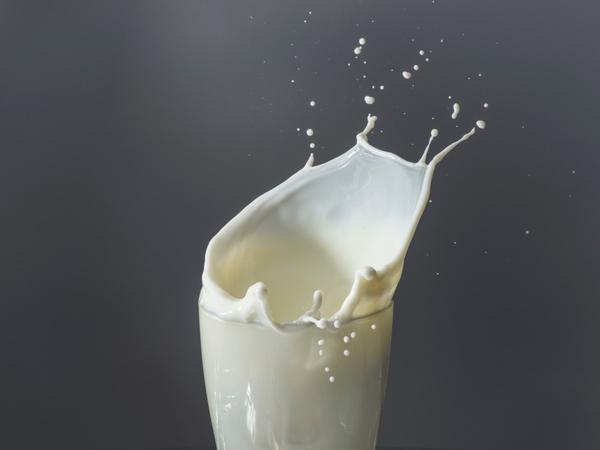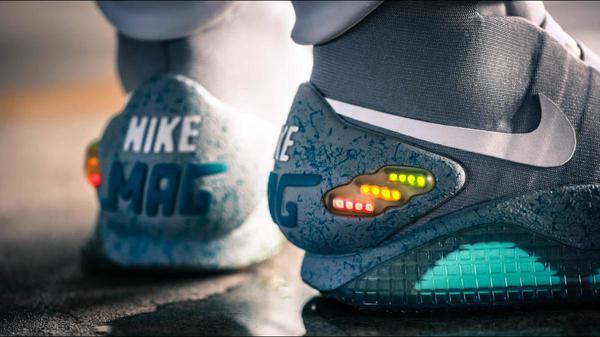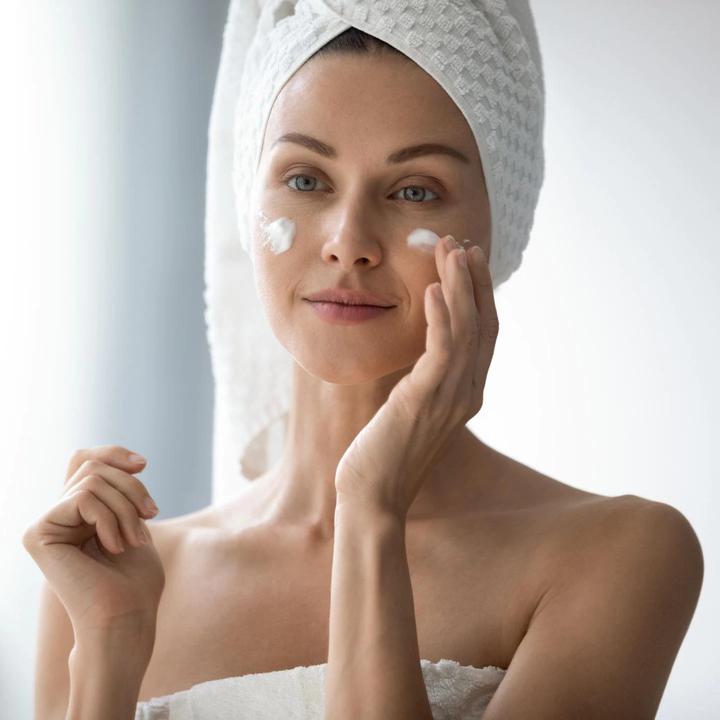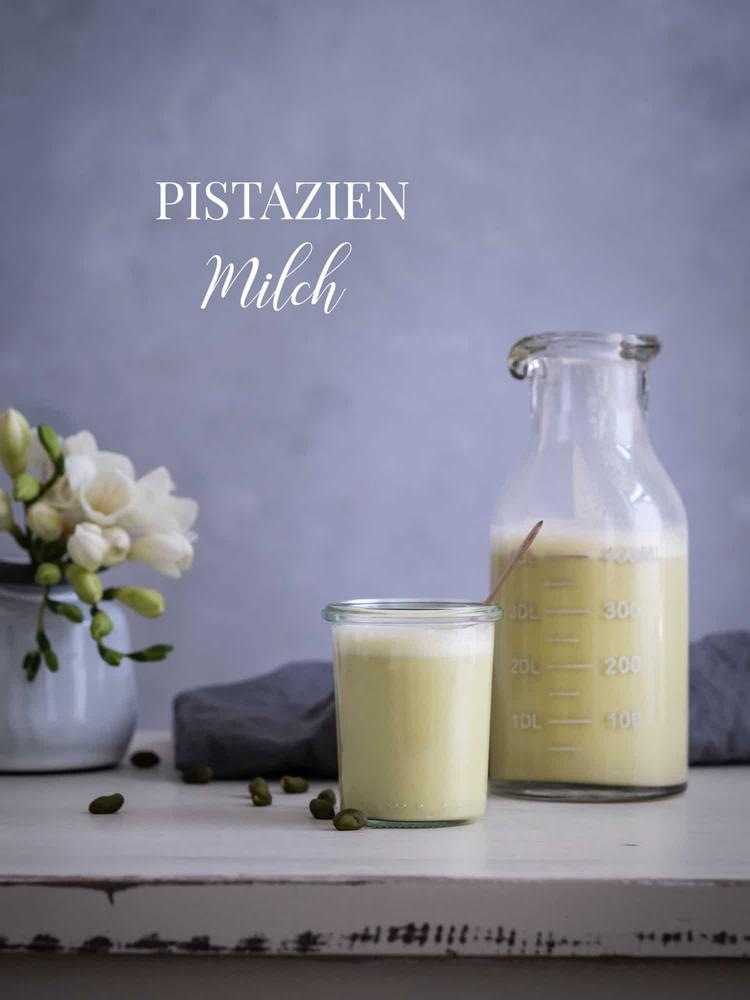
By STYLEBOOK | Aug 12, 2020 3:32 p.m
The sun harbors risks for our skin - not only on vacation, but also in everyday life. Or how was that again with the self-protection time? And do I actually have to apply sunscreen when I'm in the shade? STYLEBOOK answers the most important questions about sun protection.
Summer is in full swing - and with it the risk of getting a painful sunburn is particularly high. The reasons for areas of skin reddened by the sun can be manifold: Perhaps the wrong sunscreen was used, you were in the sun for too long, or simply didn't apply sunscreen consistently enough? We explain how this will no longer happen to you from now on and what you should consider when sunbathing. The most important sun protection rules at a glance!
contents
Which sunscreen is right for me?
It depends on your skin type. The lighter the skin tone, the higher the sun protection factor (SPF) needs to be. For orientation: Values from 50 are considered high. Especially at the beginning of the season, when the skin has not yet built up its own protective barrier, even a few minutes in the midday sun can be harmful. Darker skin types, on the other hand, can choose a lower sun protection factor (30 and less).
Sun protection factor – what does that actually mean?
The SPF indicates how much longer you can stay in the sun without getting sunburnt than you would be able to without a cream. The SPF information applies to the included UVB protection, but there should always be sufficient UVA protection. To be sure, you should always look at the packaging of the sunscreen: If the UVA abbreviation is in a circle, you can be sure that the cream also protects against the radiation that penetrates deeper into the skin.
By the way: It is not a problem to use a higher sun protection factor than necessary. You can tan even with high sun protection – slower, but healthier.
https://www.stylebook.de/beauty/sonnencreme-lieblinge
How Long Can I Stay in the Sun Without Sunscreen?
If you have skin type 1, i.e. very light, your self-protection time is around ten minutes without sunscreen. Are you type 2 20 minutes, and so on. When in doubt, however, the following always applies: Better to get out of the sun earlier to prevent sunburn.
How long can I stay in the sun - with sunscreen?
Very important: Never lie in the sun indefinitely, no matter how high the sun protection factor is! As a guide: If you use sun protection factor ten, the time you can stay in the sun without sunburn increases tenfold. For skin type 1 this means about 100 minutes. BUT: These times are theoretical values and only apply if you apply the sunscreen optimally and your skin is already used to the sun. In practice, sun protection can be significantly lower due to factors such as sweating, swimming or abrasion. Experts therefore recommend that you always use a maximum of 75 percent of the calculated time. ATTENTION: Your sun protection time does not start again from zero when you apply more cream, it is only maintained.
Also interesting: These 7 SOS tips help with sunburn
How high should the SPF be?
As high as necessary. Since that depends on many factors - whether you're in the mountains or by the sea, whether you're doing sports there or sunbathing - why not simply: As high as possible? If you are already applying it anyway, do it right away with a sunscreen with at least SPF 30. A sun protection factor that is applied too thinly does not have the full protective power. The higher the SPF, the higher your chance of still being adequately protected and not risking sunburn.
Do I also have to apply lotion to my body if I'm just lying in the shade?
Yes. UV radiation also arrives here, which is why many also tan in the shade. In the shade you get a lot of UVA radiation, which penetrates into the dermis and thus provokes skin cancer and premature skin aging.
Which parts of the body are particularly sensitive?
Sun terraces in particular, such as the nose, ears and shoulders, get a lot of sun. The top of the foot is forgotten the most, and in many cases the neck also suffers. And the middle of the back is often difficult to reach alone. If you are alone on the beach, you must either have the courage to ask someone to apply sunscreen or cover it up appropriately. The scalp is also very sensitive. In addition to special sprays and shampoos, a hat helps best. This also protects the hair from fading. Eyes also need sun protection. Sunglasses with a special filter keep UV rays out.
Attention: If the skin has not yet built up its own sun protection factor, it is generally and everywhere very sensitive, no matter what skin type you are. Then a week's vacation is not enough to get a deep tan. Just get used to it: tanned and still healthy, you can't get that quickly.
Milk, gel, oil, spray - which sunscreen is right for me?
Most people with normal skin do just fine with regular sunscreen or lotion. For those prone to breakouts on their face, a lighter, non-comedogenic cream, fluid, or powder that won't clog pores can be used. Dry skin also tolerates fatter creams. Important: The fewer fragrances and additives are contained in the sunscreen, the more generally tolerable a product is. If you tend to have dry skin, choose a cream instead. A light fluid is recommended for oily skin and those with a tendency to acne on their face. A spray is comfortable and convenient for the body, but rather unsuitable for people with respiratory problems. The respiratory tract can be irritated by very fine sprays. If the spray is well tolerated, low in fragrance and preservatives, and applied thickly enough, it's a good alternative. Creams are a little safer because you can dose and apply them better. So you know for sure if you are adequately protected. Sprays are slightly less accurate. It is difficult to tell whether the skin has sufficient protection. Still, a spray is better than no sunscreen at all.
Is make-up with SPF sufficient as sun protection?
Make-up with SPF does not replace sunscreen when sunbathing excessively. Make-up and day care products with built-in sun protection are ok for everyday use - but they are not enough to protect against sunburn and an increased risk of skin cancer in intense sunlight in midsummer, on the beach or when hiking in the mountains. Experts say you would need to use seven times the amount of makeup you normally use to get the full SPF of the product.
If you use day care, a serum and make-up in addition to sun protection, you should observe the following order so that the sun care can work:
1. day care and/or serum2. sun protection3. Make up
When it comes to sun creams, does it mean that more expensive means better?
no Pharmacy products are often specially developed for skin problems. "Suitable for allergy sufferers" means, for example, that these sunscreens contain fewer ingredients that can cause allergies and skin irritations. They also contain fewer fats that can irritate the skin. In addition, fragrances and dyes are avoided. In the pharmacy you can also get advice, for example, which sunscreen really suits your skin type. In Europe, the very controversial chemical sun protection factors are not included in sun protection products. So there are good and well-tested products not only in the pharmacy but also in the drugstore and whoever tolerates them can use them without any worries. However, many people react to greasy creams with cosmetic acne. Pharmacy products are often more pleasant in terms of consistency compared to often sticky drugstore products.
How do I apply cream correctly?
As a guide for an adult, use the amount of sunscreen that fits in one and a half to two shot glasses. For the entire body, that would be about 30 to 35 milliliters. This is the only way for the product to keep what it promises, namely the high sun protection factor. So if you have a 100ml bottle, there should be enough for 3 full body applications. The two-finger rule is also useful: stretch out your index and middle fingers, apply a strip of cream to each finger and then apply cream. Two fingers for the head and neck, two for the chest and abdomen, two for each arm, two for the thighs, and two for the lower legs. If you wear the sunscreen for a few hours and sweat, wear clothes or go swimming, the effect will be lost. Waterproof simply means that after two 20-minute dips in the sea, about half of the sun protection is still retained, so you absolutely have to reapply cream! The protection cannot be extended in this way, only maintained. You should make sure to use plenty of cream and also think about hidden or hard-to-reach areas, such as behind the ears, on the neck and on the back.
When should I cream myself?
The when is also important when applying cream. As a rule, sunscreen should always be applied half an hour before sunbathing - the active ingredients need time to fully penetrate the skin and activate the protection.
Do I also have to wear clothing to protect myself from sunburn?
A t-shirt or blouse does not protect against sunburn. Textiles offer an SPF of around seven - depending on the fabric texture. You should therefore also apply sunscreen under textiles as soon as you stay in the sun for a long time, or use special UV clothing that offers higher protection.
Can sunscreen prevent skin cancer?
no But the risk of developing skin cancer is significantly reduced. You should never underestimate the risk of illness: Experts expect 250,000 new cases in Germany this year alone. Black skin cancer (malignant melanoma) has an annual rate of increase of six to eight percent - the frequency of cases doubles every ten years. This makes skin cancer the most common type of tumor in Germany. You can only prevent it with adequate protection against UV radiation. By the way: In the meantime, every good dermatological practice offers a skin cancer check. From the age of 35, the health insurance company takes over an examination every two years, some insurance companies even earlier.
Also interesting: Shellac and gel nails are so harmful
What do tanning oils do?
These are not recommended because the oils increase the tanning effect and tanning is always an act of desperation for the skin. If you want to tan faster, you can use a self-tanner, which is harmless and only colors superficially. However, self-tanning is not the only sun protection measure! An additional sunscreen is mandatory!
What is the best way to protect my children from the sun?
In general, you can produce a contact allergy in children with too much care, which the body remembers forever. Therefore, too much washing and chemicals should be avoided at all costs. When it comes to sunscreen, it is important to know that the physical light protection factors, i.e. the filters that cover the skin like small sunshades, are better tolerated, but can have a whitening effect - what we see as a white film on the skin see. These creams tend to be thick or pasty, but if well tolerated, they're great for kids.
Also interesting: These are the best sunscreens for children
Should I use SPF every day in the summer?
Yes. The sun doesn't care if you're lying on the beach or walking through the city. Experts recommend protecting your face and hands with a sun protection factor every day from mid-March to October. In t-shirt weather, all parts of the body that you show (arms, legs, décolleté) should be sunscreened.
Also interesting: Why a tan WITH sunscreen lasts much longer
What is sun allergy?
Many people are sensitive to cosmetics that contain allergens and are then on or in the skin. These can be, for example, fragrances contained in cosmetics that decompose in the sun and react with the skin, which can trigger a contact allergy. Some medicines can have a photoallergic or phytotoxic effect when you go out in the sun, the skin becomes more sensitive to the sun. This is then referred to as photosensitivity, which can cause sunburn and/or a sun allergy – even if you have applied a good amount of sunscreen. These include e.g. B. St. John's wort preparations, some antibiotics, antidepressants or painkillers with ibuprofen. For better or worse, there is only one measure left: avoid the sun and stay in the shade, after all, you will usually not stop taking the medication just to get a nice summer tan.
Cosmetic products with retinol and fruit acids should also be avoided, as these make the top layer of skin more permeable to UV rays. A good pharmacist and doctor should always point this out in the summer. But the UVA radiation contained in the sun in connection with the skin's own fats can also trigger inflammatory reactions, the so-called Mallorca acne. Experts therefore recommend protecting yourself with sunscreens with as few fragrances and dyes as possible and choosing preparations against sun allergies. The fewer ingredients, the lower the risk of an allergic reaction.
Medical advice: Dr. Yael Adler, resident dermatologist in Berlin and author of the book "Hautnah: Everything about our largest organ".







